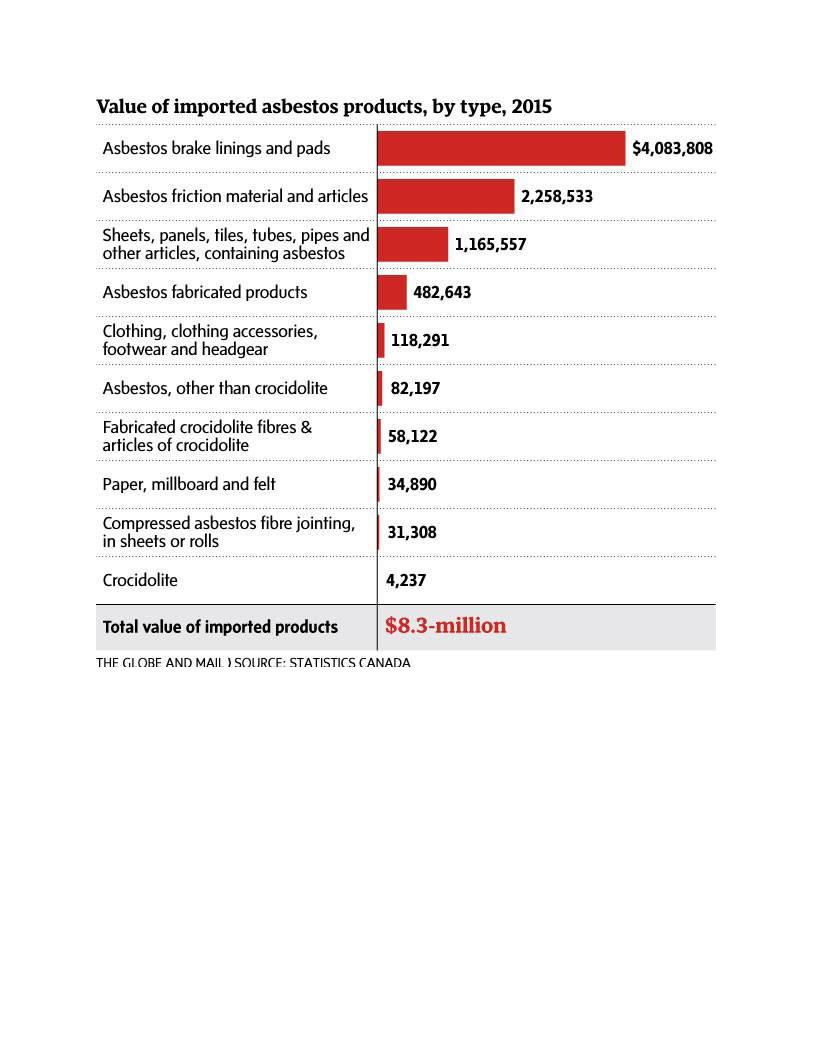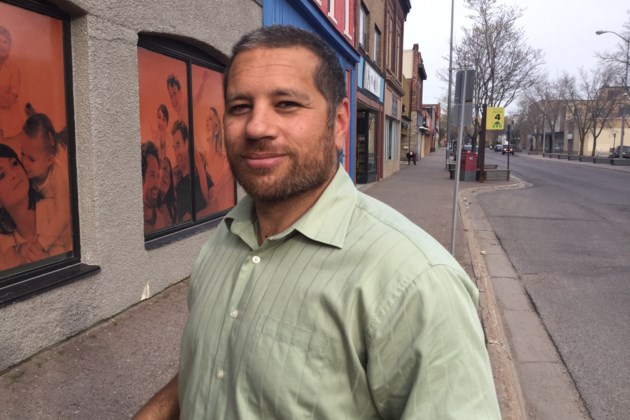Personal protective equipment and EAs

He lunges and she instinctively ducks out of the path of his fist. He kicks her leg. She doesn’t say anything. He spits at her and screams profanities. She reaches up to wipe the spit away and he scratches her arm. Her ears are ringing.
It’s 9:00 a.m. and class has just begun. He’s the student she’s been assigned to work with this year in her role as an Educational Assistant (EA). She is wearing personal protective equipment (PPE) and is following the student’s safety plan.
The end of her day will be filled with paperwork: a Use of Non-Violent Protocols form, an Antecedent Behavior Consequence Log, a Safety Plan Log form, a Violent Incident Report form (VIR) and a Student Incident form. Following a workplace injury protocol that includes a phone call to the HR person at the board, she will also inform her administration of the incident. Just another day in the life of an EA.
It took me 15 minutes to complete all the forms that would be required for just this one scenario. But I was just trying to gain a sense of what’s required of the EA after such an incident; I didn’t factor in the time it would take to speak with admin, call the board office or forward all the forms to their proper destinations. Did I mention most forms are time sensitive and must be completed in 24 hours?
Hitting, spitting, kicking, hair pulling, biting, scratching, profanities, death threats and exposure to feces and urine are just some of the incidents of workplace violence EAs experience on a daily basis.
On the front line
“Workplace violence is the number one issue for our staff,” says Tracey Marshall, ESSP/ECE Bargaining Unit President within OSSTF/FEESO District 18, Upper Grand. “We want to keep them safe, and as a union we are constantly developing policies and strategies to respond to our members’ needs. The vast majority of my day is focused on helping staff navigate violent incidents that stem directly from their work with students. Education workers need a clear message about what constitutes a violent incident, how they can report it and the supports available from their union and their employer.”
To gain a better understanding of how workplace violence affects the work and the lives of EAs, I spoke with six EAs from District 18 in December of 2015. We conducted the interviews in the new downtown library in Fergus, overlooking the Grand River. It was a beautiful setting that stood in stark contrast to the disturbing experiences of workplace violence described by the EAs. Almost all  of the interviewees had worked over 10 years in the education field, and most had experienced some type of injury and lost time from work, directly as a result of their work with students who were violent.
of the interviewees had worked over 10 years in the education field, and most had experienced some type of injury and lost time from work, directly as a result of their work with students who were violent.
Several of the EAs said they had been asked by administrators to downplay their injuries, and were often met with responses such as, “You’re not really that hurt, are you?” Others reported that they were encouraged to not fill out a Violent Incident Report form, the rationale being that there was no intent on the part of the student to harm the worker.
A number of EAs recalled that when they were first hired, their role was to help the whole class with accommodations and modifications. Now, however, an EA usually isn’t assigned unless a student displays violent behaviour. Consequently, the number of jobs is shrinking, but the workload within each job is greater and has become more dangerous.
Experiences with workplace violence affect more than just the EAs’ working lives. Their family life, their health and their general well-being are all impacted by violent incidents in the workplace. A family member said to EA Leanne Jolley, “I know why you love your work…but is your health worth it?”
Erinn Yetman received a severe concussion when she was attacked by a student to whom she was not assigned. Although she was already injured by the initial attack, she put herself at additional risk in order to ensure the safety of her own student. Her experience illustrates a common theme: EAs routinely risk their own safety to protect other staff, other students and, above all, to ensure the safety of their own students. And far too often, as in Yetman’s case, their commitment to the safety of those around them can have significant impacts on their lives outside of work. Yetman describes her experience with workplace violence as, “the worst experience of violence in any part of my life. No one talks about what happens after. The 11 months in bed, wearing earplugs, sunglasses, no noise or any light. It wasn’t just I who lived this, it was my whole family. The focus of my job, at the end of the day, is to not get hurt, after helping my students find their place in society.”
Sharon Blake, an EA who was, in her words, “elbowed into a concussion,” is very clear about the wide-ranging impact of that one incident. “It’s not just a 9–5 injury,” she says. “It’s my whole life.” Yet, in the same breath she echoes a sentiment that was common among the EAs I spoke to: “I love what I do, when there are enough of us to do our job properly.”
It became clear to me, in fact, that all of these women love what they do. They care deeply about their students and their students’ learning. They simply want to be safe while they’re doing their jobs.
Some staff have chosen to leave the secondary panel for jobs in the elementary panel, hoping they could escape more severe workplace violence incidents. Most feel that it hasn’t made a difference in terms of their safety at work. EAs have still been injured while working in the elementary panel, some so severely that several months off work were required for recovery.
The EAs I spoke to all use various forms of personal protective equipment, and I was interested to know how some of the equipment worked and what kind of injuries they were designed to protect.
In general, PPE is worn when the threat of injury can’t be reduced by other means. Several staff noted that the equipment didn’t always work, as some of it is merely sports equipment that’s been repurposed for worker safety. Some of the PPE was made by the EAs themselves. Students adapt quickly and learn to pinch or bite them in areas where harder protective surfaces didn’t provide cover.
The EAs I spoke to pointed out that it’s not always easy to work when using personal protective equipment. PPE often impedes mobility, and it can be very hot during the summer. Some EAs also feel that students avoid them when they are fully dressed in PPE, intimidated by their resemblance to riot police. If employees don’t wear the PPE provided, however, they risk not being covered by the Workplace Safety and Insurance Board (WSIB).
PPE for support workers in education has included, but is certainly not limited to, gloves, arm guards, and shin guards—all to protect from pinching, scratches, punches, kicks and biting. Chest protectors of different materials are used to protect workers from kicks, bites, punches, and scratches to the trunk of the body. Smocks protect from bodily fluids, and helmets are sometimes used to protect from punches, head butting and hair pulls. There are also facial masks to protect workers from being spat upon, punched in the face, scratched or bitten. The use of PPE is covered in the Ontario Health and Safety Act under the Health Care and Residential Facilities and Industries section, but not specifically for education workers.
More than half of the EAs I interviewed described situations in which they had not been informed that the student they were working with had a prior history of violent attacks, and it was only after an injury had occurred that safety protocols were put into place. Many staff feel that unless there is a threat of a work stoppage due to unsafe working conditions, their concerns about violent incidents in the workplace simply aren’t being heard. PPE is often issued reluctantly and only after many requests. It is often not properly fitted to specific staff, and it must be shared between staff members even when the working conditions are hot and the equipment is soaked in sweat, or when it has been contaminated by a student’s bodily fluids.
The EAs  are trained in a variety of proactive prevention techniques. These include: BMS (Behaviour Management Systems), NVCI (Non-Violent Crisis Intervention), CPI (Crisis Prevention Institute) and UMAB (Understanding and Managing Aggressive Behaviour). EAs are expected to use these techniques in the midst of extremely stressful situations. But as EA Leanne Jolley puts it, “When you’ve been hit, you can’t think.”
are trained in a variety of proactive prevention techniques. These include: BMS (Behaviour Management Systems), NVCI (Non-Violent Crisis Intervention), CPI (Crisis Prevention Institute) and UMAB (Understanding and Managing Aggressive Behaviour). EAs are expected to use these techniques in the midst of extremely stressful situations. But as EA Leanne Jolley puts it, “When you’ve been hit, you can’t think.”
Most of these programs use one person and two person holds to respond to a student whose behaviour has escalated to the point where an intervention by staff is needed. None of these holds, however, take into account a student who might be taller than one’s shoulder, or the potential lack of mobility that certain PPE would impose upon a worker. For those kinds of situations, staff would have to request training specific to their equipment and their student, in order to ensure an acceptable degree of workplace safety. Some staff complain about not receiving the required training in a timely manner, leaving them at higher risk for injury. This is especially true when a high-risk student registers partway during the year. Even with appropriate equipment and training, some violent incidents will require that back-up support staff be called from other areas of the school to assist, and this can result in dangerously inadequate response times to violent incidents.

Note: In British Columbia and Alberta, incidents of workplace violence are reported separately from workplace injury. In Ontario, they are not.
Comprehensive statistics on workplace injuries and hazards as a result of violent actions by students are difficult to find in Ontario.
What happens to all of the VIR forms filled out by support staff and teachers? Answers from the EAs I spoke with were varied. At least one reported that their administrator uses the d
ata to improve student safety by examining and reviewing it with staff. Most others report that the forms they complete seem to slip into some great abyss, never to be discussed with those who spend the time filling them out.
 Biting, scratching, hair pulling, verbal threats and assaults, etc. are all grossly under-reported and rarely make it to a WSIB claim process. Other reasons for a lack of correct data collection would be “Worker Non-Claiming, Employer Under-Reporting, and Employer Induced Claim Suppression,” according to a brief issued by Institute for Work and Health. It seems clear that the available numbers don’t tell a whole truth.
Biting, scratching, hair pulling, verbal threats and assaults, etc. are all grossly under-reported and rarely make it to a WSIB claim process. Other reasons for a lack of correct data collection would be “Worker Non-Claiming, Employer Under-Reporting, and Employer Induced Claim Suppression,” according to a brief issued by Institute for Work and Health. It seems clear that the available numbers don’t tell a whole truth.
“By The Numbers,” a statistical WSIB report, notes that working with food products or animals is potentially hazardous, but doesn’t address injuries that occur as a result of working with a violent student.
occur as a result of working with a violent student.
Officials in British Columbia (BC) seem to think that it is possible to identify working with violent students as a workplace hazard. The BC Worker’s Compensation Board put out a “Worksafe Bulletin” in 2013, listing 115 workers having lost time for having experienced violent incidents by students. That’s certainly not a comprehensive analysis, but it does lead one to wonder why Ontario is so far behind.
The Ontario Ministry of Labour (MOL) doesn’t use the same National Occupation Classification (NOC) system that the WSIB does. This affects data outcomes. It begs the question, how do we protect workers we don’t even categorize in the same way?
If the publication produced by the Canadian Centre for Occupational Health and Safety entitled, School Workers: Health and Safety is an indication of the federal government’s commitment to improving safety for education workers, that commitment is woefully inadequate. The publication doesn’t include all job classes or address all hazards, and fails to align itself with current policy on positive discipline or special needs policies.
A scan of the most current WSIB projects on workplace hazard issues revealed that none are addressing hazards in the education field. Topics for projects include, “Safe Work Limits While Wearing Firefighting Protective Equipment.” What about education support staff concerns?
We know that educational support workers who work with our most challenging student population, students with special needs, are at risk of experiencing workplace violence on a daily basis. It’s entirely unacceptable—especially in light of all the paperwork that follows a violent incident—that there almost no useful data or analysis to help us address the issue.
What’s next?
After speaking with the EAs from District 18, it was clear to me that none of these women would remain in their jobs—and continue to face, on a daily basis, the ever-present risk of a violent incident—if they were not enormously dedicated and thoroughly committed to the success of the students with whom they work. It’s a level of risk that most of us would never consent to in any aspect of our lives. It’s long overdue for the Government of Ontario and the school boards of the province to acknowledge and take seriously the hazards faced by educational support staff in Ontario’s schools.
What are we going to do to support our union brothers and sisters? Continue the conversation and share with us at @EducationForum on Twitter or at facebook.com/EducationForum.







